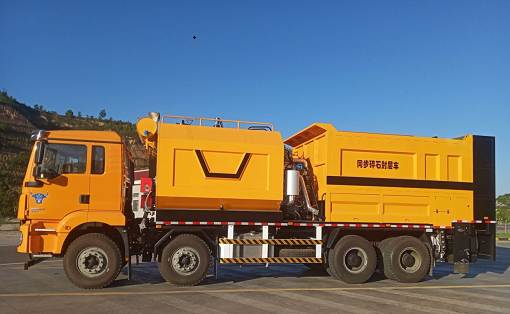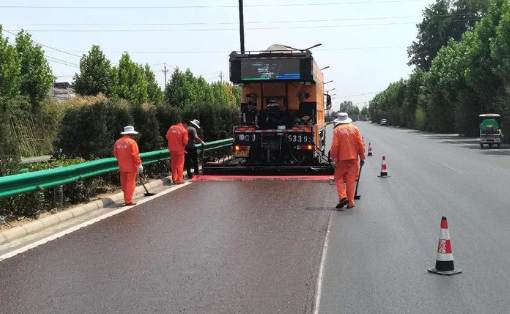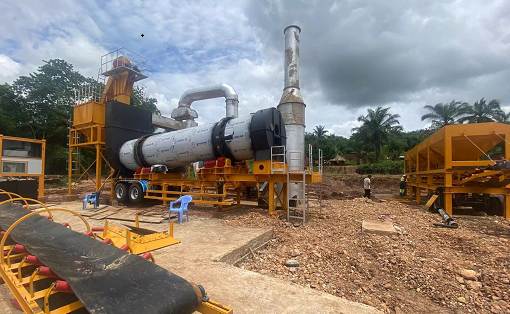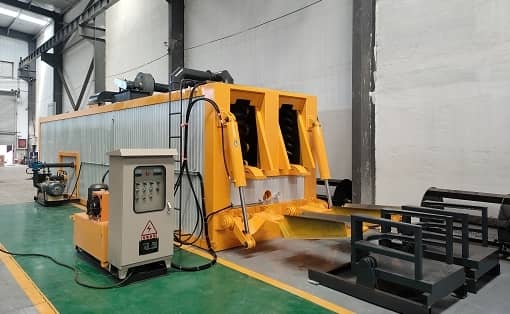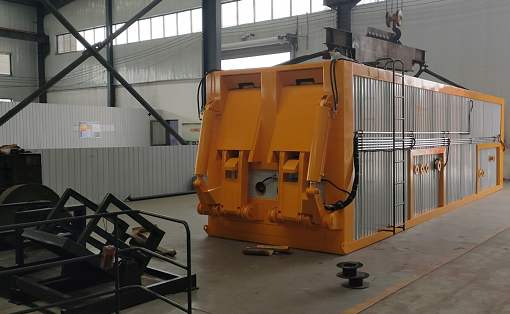The brief discussion on what issues need to be paid attention to when feeding emulsified asphalt tanks
With the development of science and technology, the emergence of emulsified asphalt tanks has brought great convenience to our work, and is widely used in every site. So what issues need to be paid attention to when filling emulsified asphalt tanks? Below, the editor will introduce to you the relevant knowledge structure diagram, hoping to be of some help to you.
With the development of science and technology, the emergence of emulsified asphalt tanks has brought great convenience to our work, and is widely used in every site. So what issues need to be paid attention to when filling emulsified asphalt tanks? Below, the editor will introduce to you the relevant knowledge structure diagram, hoping to be of some help to you.
The emulsifier grinding head of the emulsified asphalt tank does not have a heating collet. Before use, you must add an appropriate amount of diesel and let the emulsifier cycle run for 3 to 5 minutes to allow the human body to generate heat. The temperature after operation is between 80 and 100 Open the gate valve on the oil delivery pipe up and down to drain the diesel engine from the fuselage. The temperature of the grinding head of the emulsifier should be around 80 to 100 degrees before the material can be loaded and put into production. If there is a heated collet, the grinding head must be heated before starting, and then loaded and put into production. When adding materials, the cutting fluid valve of the emulsified asphalt tank must be opened first, and then the asphalt valve must be opened to prevent the rotor and stator from being seized. The scale on the emulsified asphalt tank is generally adjusted to the 0 position during production. Adjust to the right to increase the gap. The change in one small grid on the scale is 0.01mm. The emulsified asphalt tank can be adjusted to the ideal clearance at any time according to needs.




